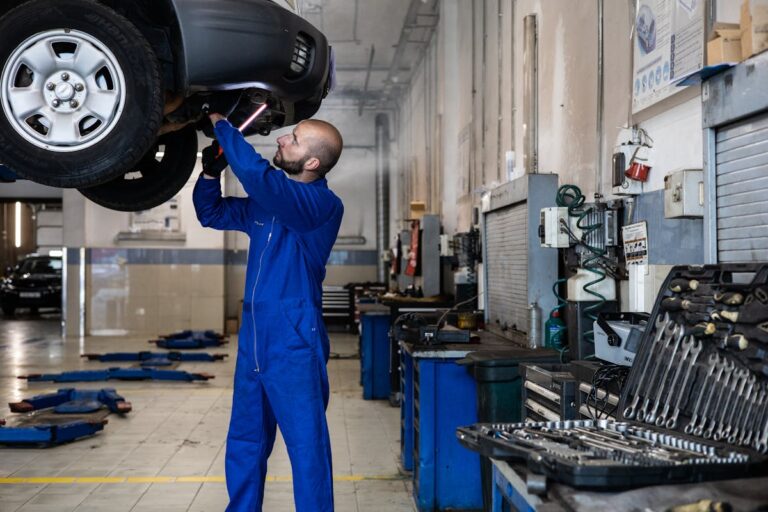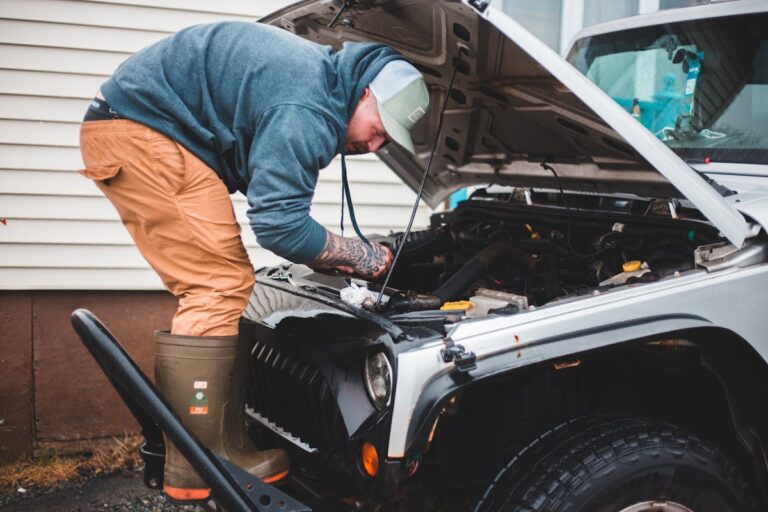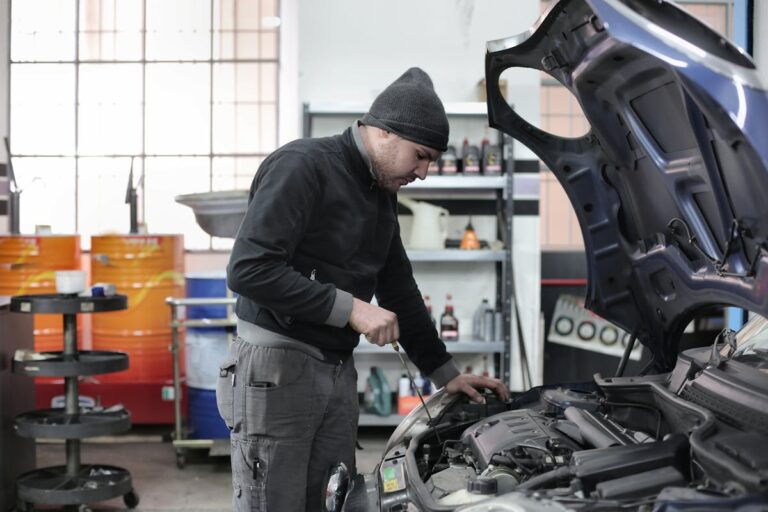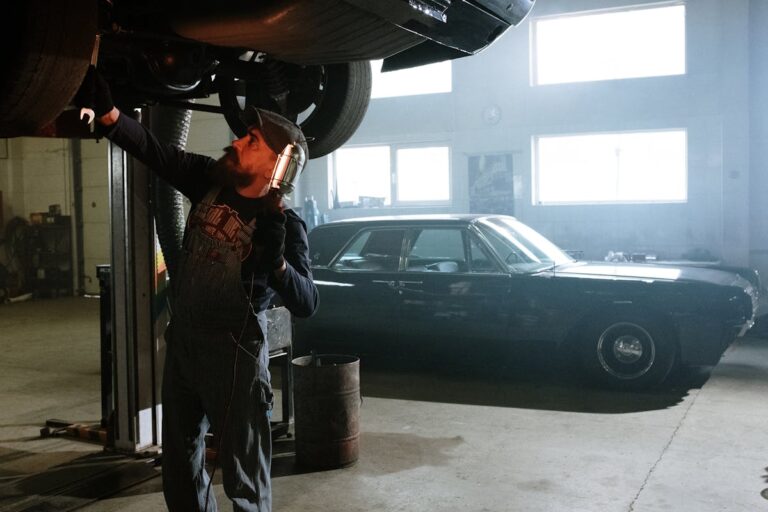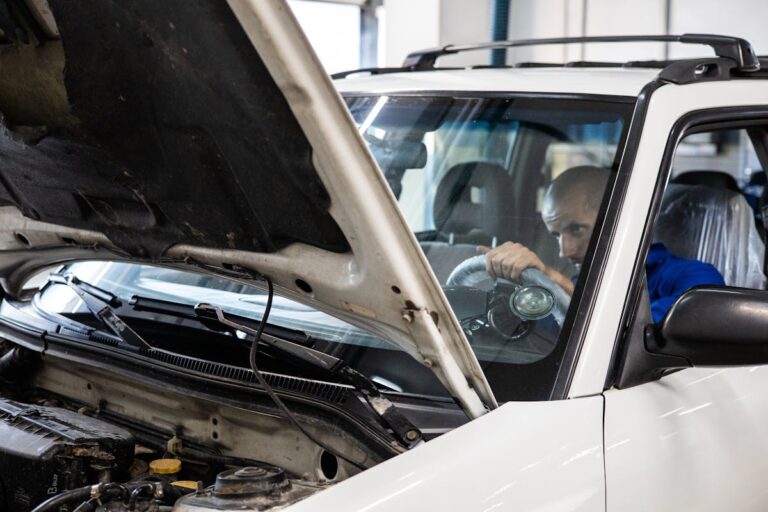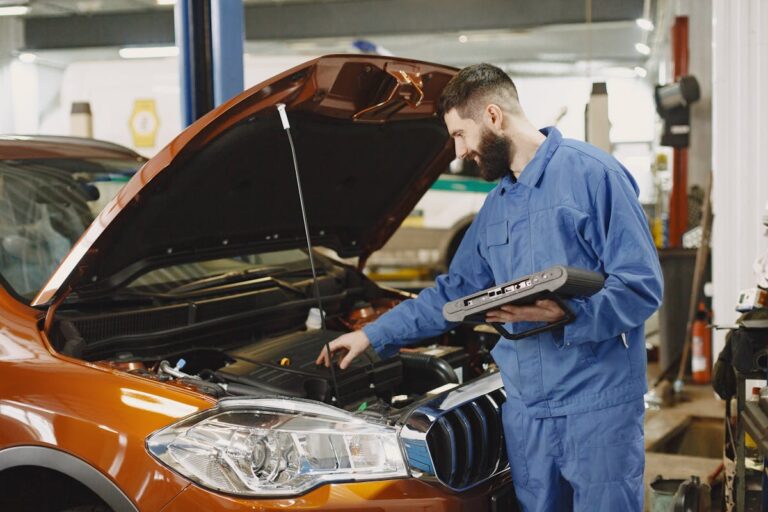The occurrence of a car overheating on the road can be challenging, and it’s essential for any driver to understand the effective, immediate steps to take in order to avoid considerable damage to the engine or personal injury. In this vital situation, how one reacts to the early symptoms and the subsequent actions can greatly impact both the vehicle’s condition and the driver’s safety. As we explore this topic further, we will provide an extensive guide to managing such an event, from recognizing early overheating symptoms to implementing preventive measures to avoid future overheating incidents.
Recognizing Overheating Symptoms
Often, recognizing the symptoms of an overheating car can be vital in preventing severe mechanical damage. One of the most straightforward indicators is a rising temperature gauge. This gauge, typically located on the dashboard, shows the temperature of the engine’s coolant. Under normal conditions, the needle should be in the middle or just below. If the needle is pointing towards ‘hot’, it is an overt symptom of overheating.
Warning lights on the dashboard also play an important role in identifying an overheating issue. Lights labeled “engine temperature”, “coolant level”, or simply “check engine”, could illuminate to indicate potential problems. However, these lights can sometimes be ambiguous, as they can signify other issues as well.
Steam or smoke emanating from under the hood is a surefire sign of an overheating car. This symptom indicates that the coolant is boiling over or leaking, thereby failing to regulate the engine temperature effectively.
Lastly, an unusual smell – similar to a kitchen hotplate or a burning scent – may also signify overheating. This smell is typically due to heated components or leaking fluids. Recognizing these symptoms early can mitigate the risk of costly repairs or even engine failure.
Immediate Actions to Take
In the event that your vehicle begins showing signs of overheating, immediate action is essential to minimize potential damage. The first step is to reduce your engine’s workload. Avoid hard accelerations and minimize use of air conditioning. If traffic conditions allow, shift to a lower gear to allow the engine to run at a higher RPM, increasing coolant circulation and fan speed.
Your emergency supplies should include coolant or water which can be crucial in such situations. However, it’s important to never open the radiator cap while the engine is hot as the pressure can cause harm. Wait for the engine to cool before adding the necessary fluids.
Roadside safety is paramount during such scenarios. Use your hazard lights to indicate to other drivers that you are experiencing a mechanical issue. If it’s safe to do so, move to the right-most lane to minimize disruption to traffic flow.
Safely Pullover and Shutdown
Having taken measures to minimize engine strain and signaled your mechanical predicament to other motorists, the subsequent step involves pulling over and shutting down your vehicle safely. This task requires careful execution to guarantee your safety and that of other road users.
The first step is to find a safe location. If you’re on a highway, try to reach an exit. If that’s not possible, pull over to the far right shoulder and as far away from the traffic as possible. Turn on your emergency flashers to alert other drivers.
When your car has come to a complete stop, it’s time for the engine shutdown. Turn off the ignition, but avoid locking the steering wheel. Keep your emergency flashers on, and if it’s safe to get out, place warning triangles or flares to further alert oncoming traffic.
Here are some key actions to remember:
- Find a safe place to pull over
- Turn on your emergency flashers
- Shutdown the engine but don’t lock the steering wheel
- If safe, place warning triangles or flares
Cool Down Your Engine
Allowing your engine to cool down is the next crucial step in dealing with an overheated car. Engine cooling is not a process to be rushed, as sudden fluctuations in temperature can cause further damage to the engine. It is important to provide enough time for the heat to naturally dissipate, which may take around 30 minutes or so, depending on the severity of the overheating.
Temperature control is a significant aspect of this process. Instead of attempting to hasten the cooling process by dousing the engine with cold water, which may cause the engine block to crack due to thermal shock, it is recommended to let the engine cool naturally. This natural cooling process allows for a gradual and balanced decline in temperature, preventing any sudden contraction that might result in mechanical failure.
While waiting for the engine to cool, keep the hood open. This action allows for better air circulation, aiding the engine cooling process. Remember, touching or opening the radiator cap is a strict ‘no’ at this juncture, as there is a high risk of boiling coolant spewing out, causing severe burns.
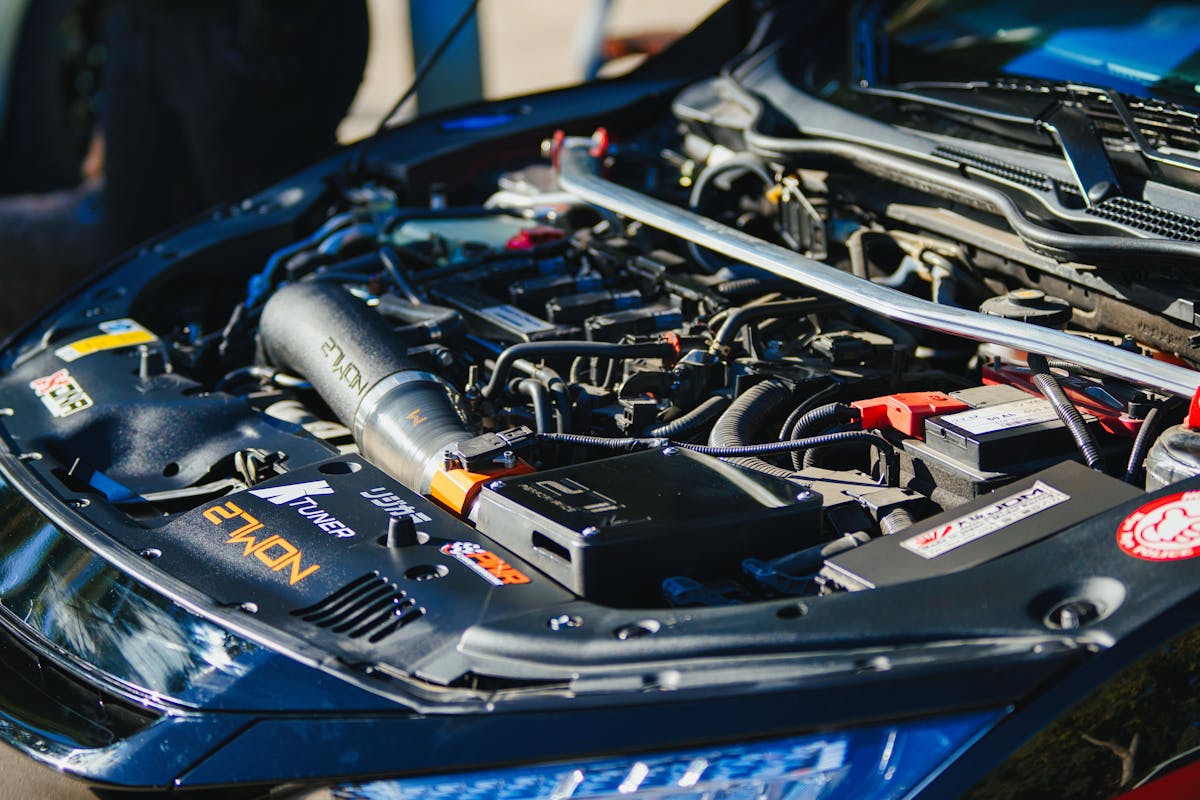
Checking the Coolant Level
After your engine has markedly cooled down, the next logical step is to assess the coolant level. This is an essential part of coolant maintenance, as inadequate coolant levels can lead to engine overheating. The coolant’s primary function is to absorb heat from the engine and dispel it through the radiator.
Before checking the coolant level, make sure the engine is off and cool. Opening a hot radiator cap can result in severe burns due to the pressurized steam and hot coolant. Here are some steps to follow:
- Locate the coolant reservoir: It’s usually a translucent container with a colorful cap.
- Check coolant level: The coolant should be between the minimum and maximum markers.
- Assess coolant condition: The coolant should not be dirty or have debris floating in it.
- Identify coolant type: Different engines require different coolant types. Check your vehicle’s manual to confirm you’re using the right one.
If you find the coolant level is low, or the coolant is dirty, it’s time to take action. Top up the coolant, if necessary, using the correct coolant type. Always follow the manufacturer’s guidelines for coolant maintenance.
Contacting Roadside Assistance
In the event of a vehicle overheating, contacting roadside assistance is a vital step. It is essential to comprehend the extensive nature of the services provided by roadside assistance, to guarantee timely and efficient rectification of the issue. Additionally, proper knowledge of the emergency call procedures is important to expedite the assistance process.
Understanding Roadside Assistance Services
Roadside assistance can function as a lifeline when your car overheats, offering immediate, professional help in a potentially hazardous situation. It’s important to understand the service options available, as different providers may offer varying levels of support.
Roadside assistance services generally include:
- Towing services to the nearest repair shop or location of your choice.
- Battery jump-starting to get your vehicle running again.
- Flat tire service if you encounter a puncture or blowout.
- Emergency fuel delivery if you run out of gas.
Some roadside assistance providers offer additional services such as lockout service, minor on-site repairs, and even trip interruption benefits. It’s essential to check with your provider to guarantee you understand the extent of the services offered.
When considering roadside assistance, evaluate service options based on your driving habits and vehicle needs. Some providers offer plans specifically for those who travel long distances regularly, while others might cater to city drivers.
Understanding your roadside assistance service is key to guaranteeing you can effectively use it when needed. By knowing what services are available to you, you can confidently confront any roadside emergency, including your car overheating.
Executing Emergency Call Procedures
Should your car overheat while driving, you’ll need to execute the proper emergency call procedures to contact roadside assistance. In this situation, having a pre-established call checklist can prove invaluable. This checklist should include all the necessary emergency contacts, and specific details about your vehicle and location.
Begin by ensuring your safety. Pull over to a secure location, away from traffic if possible. Then, initiate your call to roadside assistance. Provide them with your emergency contacts, starting with your name and phone number. Then, give them your vehicle details, such as make, model, color, and license plate number. Be ready with your insurance information if required.
Next, describe the problem – in this case, an overheating engine – and share your physical location. Use landmarks, road names, mile markers, or your vehicle’s GPS coordinates if available. This will facilitate a quicker response.
Preventing Future Overheating
Proactive maintenance of your vehicle can considerably reduce the risk of overheating in the future. This involves adhering to a regimen of coolant maintenance and regular inspections to keep your car’s engine running smoothly and efficiently. The significance of these preventive measures cannot be overstated; they are essential for extending the life of your vehicle and ensuring your safety on the road.
Here are some preventative measures you can take:
- Regular Coolant Maintenance: Maintain a proper coolant level in your vehicle. This fluid absorbs the heat from the engine and dissipates it through the radiator. It’s advisable to replace the coolant every 30,000 to 60,000 miles, depending on your car manufacturer’s recommendations.
- Regular Inspections: Regular engine check-ups can help to detect potential issues before they cause overheating. Pay attention to the condition of the hoses, the radiator, and the thermostat.
- Oil Changes: Regular oil changes can prevent overheating by reducing engine friction and carrying away excess heat.
- Driving Habits: Avoid aggressive driving and frequent hard stops. These behaviors can cause your engine to overheat.
Frequently Asked Questions
What Are the Common Causes of Car Overheating?
Common causes of car overheating include issues with the cooling system, such as coolant leaks or blockages, malfunctioning water pumps, and radiator issues, like leaks, clogs or faulty radiator fans. Regular maintenance can prevent these problems.
How Does Overheating Affect a Cars Performance?
Overheating can severely impair engine performance. As the temperature gauge climbs, critical components can warp or melt, leading to power loss, engine seizure, or even complete failure, requiring expensive repairs or replacement.
What Are the Long-Term Damages From Frequent Car Overheating?
Frequent car overheating can cause significant long-term damages, including accelerated engine wear and coolant degradation. This can lead to costly repairs, reduced engine efficiency, and diminished vehicle lifespan if not properly addressed and corrected.
What Parts of the Car Should I Inspect After It Has Overheated?
After your car has overheated, it’s essential to inspect the coolant level and radiator condition. Check for potential leaks and make sure the coolant hasn’t evaporated. The radiator should also be examined for any visible damages.
Can I Still Drive My Car if It Frequently Overheats?
Frequent overheating is a serious concern. Ignoring overheating indicators can lead to engine damage. It’s essential to maintain adequate engine coolant levels. If overheating persists, seek professional help. Avoid driving until the issue is resolved.
